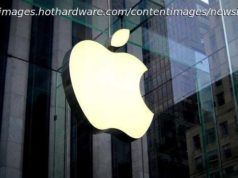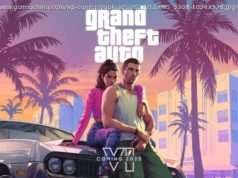Wear solar specs or make a viewer to safely watch eclipse
Solar glasses are a must for safe viewing of Monday’s total solar eclipse, the first to span coast to U. S. coast in 99 years.
And parents beware: Eye doctors urge strict adult supervision for eclipse watchers under 16 years old.
There should be absolutely no peeking without eclipse glasses or other certified filters except during the two minutes or so when the moon completely blots out the sun, called totality. That’s the only time it’s safe to view the eclipse without protection. When totality is ending, then it’s time to put them back on.
Totality means 100 percent of the sun is covered. That will occur only along a narrow strip stretching from Oregon, through the Midwestern plains, down to South Carolina. The rest of the U. S. gets a partial eclipse that extends into Canada and to the top of South America.
Wherever there’s only a partial eclipse — you need to keep those solar specs on the whole time.
There are other options if you don’t have eclipse glasses. You can look indirectly with a pinhole projector that you can make yourself. NASA has a number of designs on its website, including one made with a cereal box. Or grab a kitchen colander — that casts images of the eclipsed sun onto a screen at least 3 feet away.
What can happen when you look directly at the sun? You’re essentially cooking your retina, the delicate, light-sensitive tissue deep inside the eyeball. Solar radiation can kill those cells. Hours can pass before you realize the extent of the damage.
Seconds are enough for retinal sunburn. And unlike with the skin, you can’t feel it. The damage can be temporary or permanent.
Sunglasses won’t work. Certified eclipse glasses or hand-held viewers are a must for direct viewing. Don’t use eclipse glasses with filters that are crumpled, scratched or torn. If you can see any light besides the sun, it’s time for new solar specs. Also beware if the eclipse glasses are older than 2015, when international safety standards were adopted.
Eclipse glasses can be worn directly over your prescription glasses or with contacts. As for binoculars, telescopes and cameras, high-quality solar filters are essential and must be mounted at the front end.
———
Follow AP’s coverage of the total solar eclipse here






